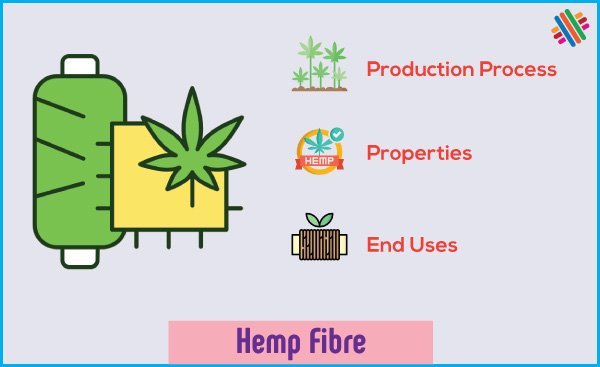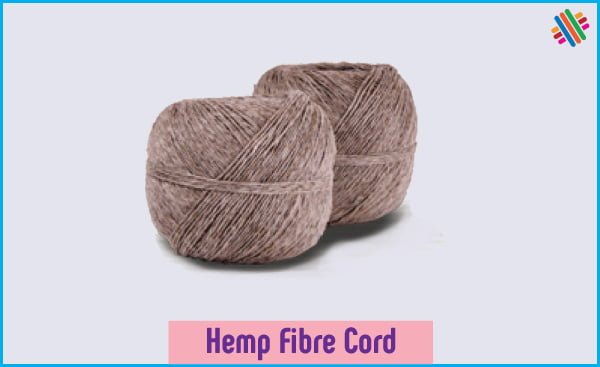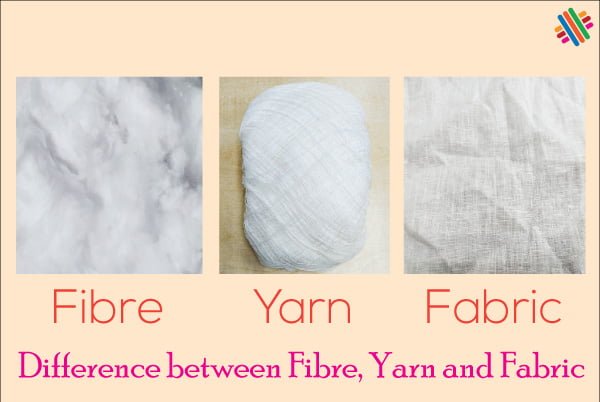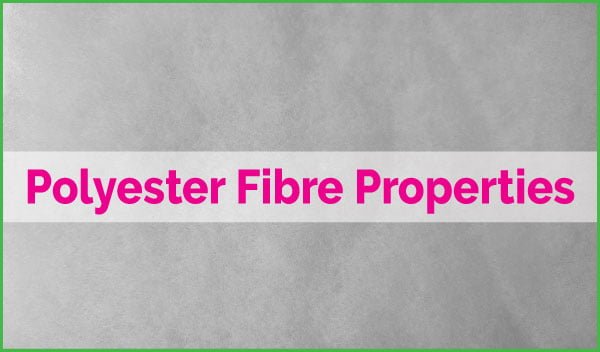An Overview of Hemp Fibre
Last updated on October 5th, 2023 at 05:26 pm
In many parts of Asia, the fibre hemp has been in use since prehistoric times. Ancient records describe the use of hemp in China in 2800 B.C. During the early Christian era, the production of hemp spread to the countries of the Mediterranean Europe, and since then the fibre has come into widespread use throughout the world.

Like Flax, hemp is a bast fibre. It comes from the plant Cannabis sativa, an annual of the family Moraceae, which grows to a height of 3m or more.
The plant is now cultivated in almost every European country, and in many parts of Asia. Important producing countries include the Soviet Union, Yugoslavia, Romania, and Hungary.
Production and Processing of Hemp
This plant is harvested and processed in a manner similar to that used for flax. Fibre is obtained from woody matter by dew-retting or water-retting, followed by breaking and scotching. The fibre is softened by pounding it mechanically or by hand.
It can be separated from the straw by a mechanical process more easily than in the case of flax. ‘Green’ hemp is now produced commercially in this way.
Dyeing of Hemp
It is used very largely in its natural state. When dyeing is necessary, direct colors are often used. Basic dyestuffs provide bright shades, the fibre being mordanted with antimony and tannin.
Structure and Properties of Hemp
It is a coarser fibre than Flax; it is dark in color and difficult to bleach. The fibre is strong and durable and is used very largely for making string, cord, and rope.
Some Italian hemp are produced with great care; they are light in color and have an attractive luster similar to that of flax.
Strands of these fibres may be 2m in length. The individual cells are, on average, 13-26mm long. They are cylindrical in shape, with joints, cracks, swellings, and other irregularities on the surface. The cells of this fibre are thick-walled; they are polygonal in cross-section. The central canal or lumen is broader than that of flax, however, and the ends of the cells are blunt. This fibre is more lignified than flax and is consequently stiffer.
Hemp in Use
During its long history, it has been using for almost every form of textile material. It has been made into fine fabrics by skillful spinning and weaving of carefully produced fibre, notably in Italy where hemp fabric similar to linen is made. Nowadays, this fibre is used mainly for coarse fabrics such as sacking and canvas, and for making ropes and twines.

This can be ‘colonized by a process similar to that used for flax, so that individual fibres are freed. Customized hemp does not spin easily alone, but it gives useful yarns when mixed with cotton (up to 50 percent of this fibre).
You may also like: What is Lycra or Spandex: Definition and Meaning




You won’t believe what I found online – it’s like stepping into a digital wonderland!
Thanks for this article, it has been very helpful to me!
Way easier to understand than anything else out there.
I want to thank you for your assistance and this post. It’s been great.